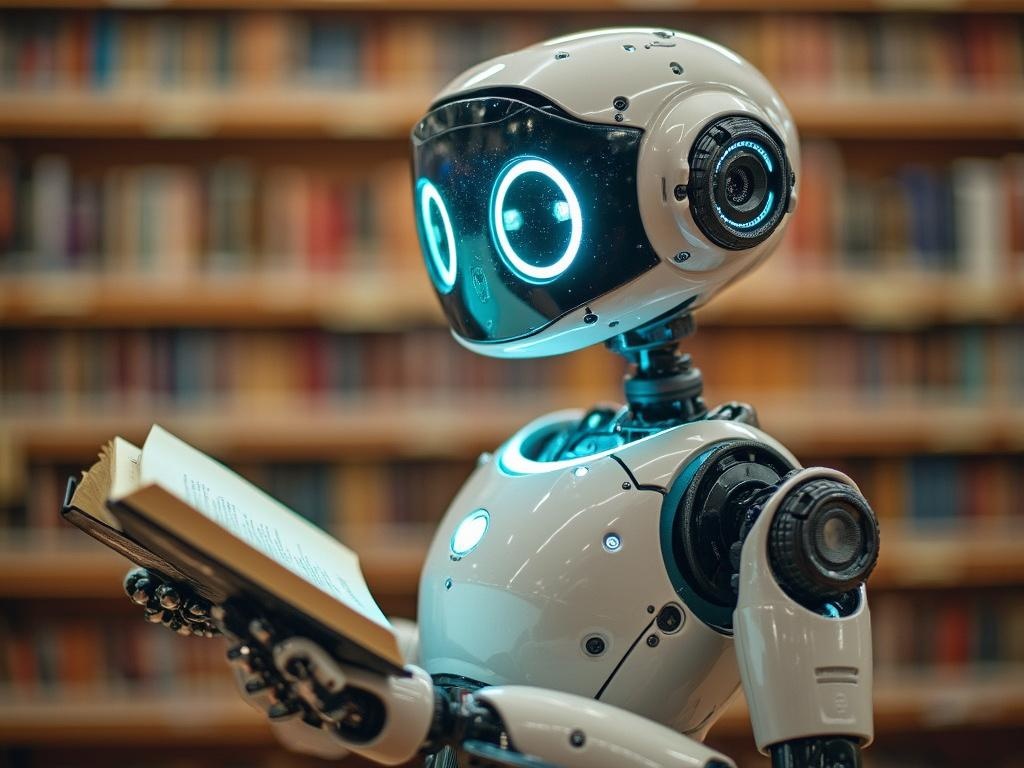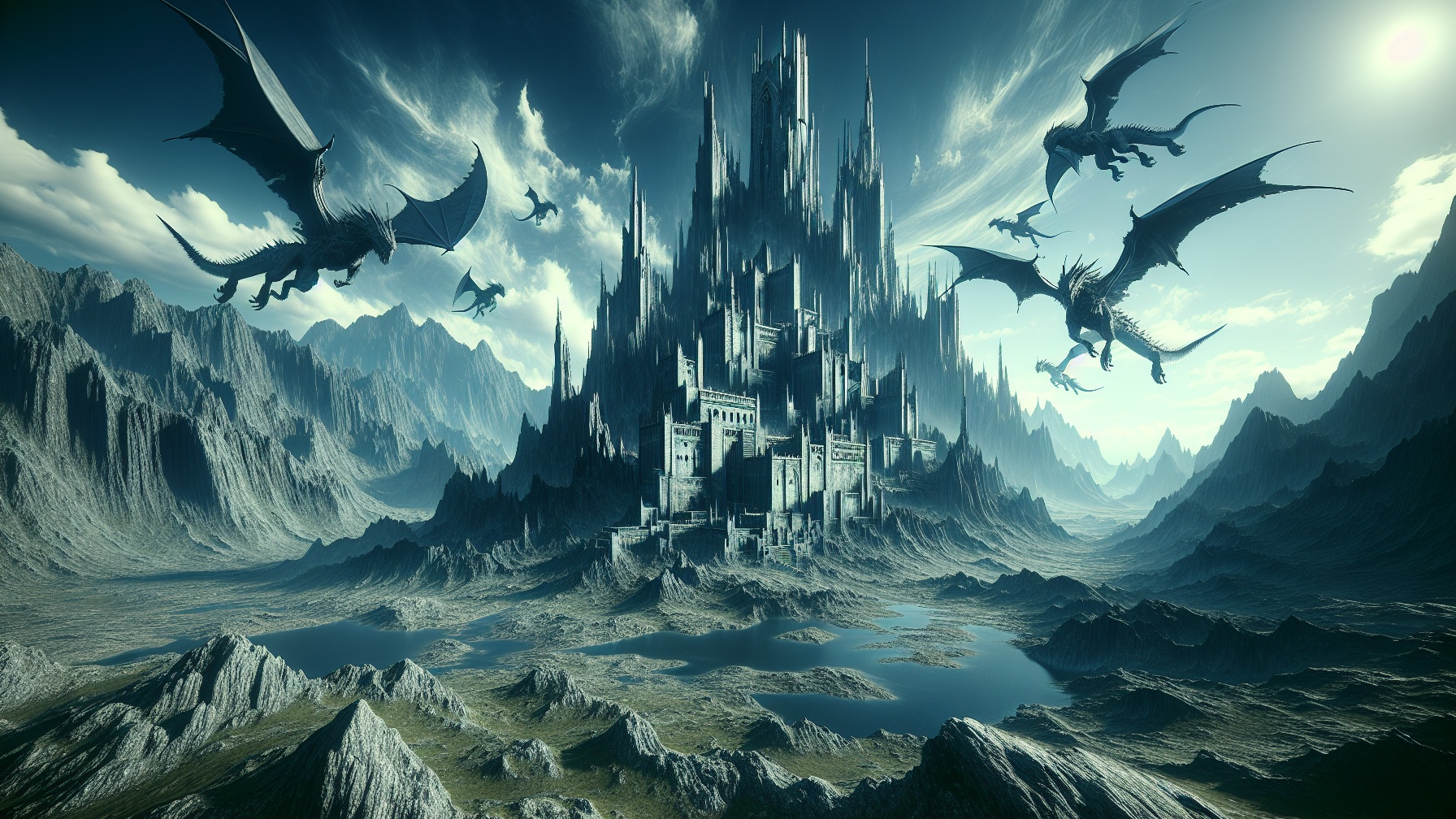Artificial Intelligence is revolutionizing entertainment through technology like the AI comedy generator, blending computational power with creative humor generation. As these systems evolve, they present both impressive capabilities in certain humor styles and revealing limitations in others, creating a fascinating landscape where algorithms attempt one of humanity’s most nuanced arts—making us laugh.
Key Takeaways
- AI excels at pattern-based humor like puns and wordplay but struggles with contextual comedy requiring cultural understanding
- Modern comedy story generators can produce customized jokes in seconds with adjustable parameters for different audiences
- The creativity ceiling remains a significant limitation for AI-generated comedy compared to human-created content
- Content creators increasingly use AI comedy story generators for social media, presentations, and creative brainstorming
- The future likely belongs to human-AI collaboration rather than fully automated comedy creation
The Rise of Algorithmic Humor
The comedy landscape is experiencing a technological revolution with artificial intelligence entering the scene as an unlikely comedian. Today’s AI comedy generator systems have become remarkably skilled at specific types of humor while revealing their limitations in others.
Wordplay and pun generation represent AI’s strongest comedy performance. These systems excel at creating jokes like “I’m reading a book about anti-gravity. It’s impossible to put down!” due to their pattern recognition capabilities and extensive training on joke structures. The computational ability to identify and manipulate linguistic patterns makes this straightforward humor relatively easy for machines to master.
Observational comedy presents a more complex challenge. AI systems show mixed results when attempting everyday observations such as “We don’t get stuck in traffic—we are the traffic.” While they can follow the format, they often produce formulaic setups lacking genuine insight or the human experience that makes such jokes resonate.
The speed and personalization capabilities of modern AI comedy tools set them apart from previous generations of technology. These systems can generate customized jokes in seconds, offering options targeted to specific contexts like Tech, Dad Jokes, or Office Humor with adjustable creativity settings to match user preferences.
Where AI Humor Falls Flat
Despite impressive advances, AI-generated comedy faces several significant limitations. Perhaps the most notable is the comedic dialogue challenge. AI consistently fails to replicate the natural conversation rhythm and character dynamics that make human exchanges funny, instead producing forced punchlines that feel mechanical rather than organic.
The cultural context gap represents another major hurdle. A Cornell study revealed that AI matched jokes to New Yorker cartoons at only 62% accuracy compared to humans’ 94%. This stark difference highlights AI’s inability to grasp subtle contextual humor that relies on shared cultural understanding or implied meaning.
Current AI comedy systems face a fundamental creativity ceiling. These tools rely heavily on pattern recognition and statistical analysis of existing jokes, leading to repetitive formulas without truly novel insights or perspectives. This limitation becomes especially apparent in more complex humor forms like satire, where AI performance ranges from fair to poor compared to human comedians.
Comedy Tools in the Digital Age
The market for AI comedy story generators has expanded rapidly, with several specialized platforms emerging to meet different creative needs. Each offers unique features targeted at specific humor styles and applications.
Some of the most popular specialized AI joke platforms include:
- Punchlines.ai: Fine-tuned specifically on late-night comedy monologues to generate sharp one-liners
- YesChat’s Joker: Produces over 60 stand-up jokes per session with thematic consistency throughout
- AIFreeBox: Features more than 20 joke styles with adjustable parameters for humor intensity
The user base for these tools continues to grow rapidly. Content creation platforms like Rytr and Writesonic now count thousands of creators among their users who leverage AI-generated comedy for humor-infused content across various media channels. This adoption signals a shift in how creative professionals approach comedy writing in the digital age.
Real-World Applications for AI Humor
Practical applications for AI comedy generators span various professional and creative contexts. Aspiring comedians increasingly use tools like YesChat’s Stand-Up Comedy Generator to brainstorm material around specific themes before performing at comedy clubs. This approach doesn’t replace the comedian’s creative process but serves as a starting point for developing more refined material.
Digital content creators have embraced comedy generation tools to produce engaging one-liners for social media captions, memes, and short-form video concepts. The ability to quickly generate multiple humor options helps maintain audience engagement across platforms where fresh content is constantly demanded.
In professional settings, business presenters and corporate communicators use humor generators to inject levity into technical presentations, reports, and internal communications. This application helps transform potentially dry material into more engaging content that maintains audience attention while conveying important information.
The Future of Computational Comedy
The path forward for AI comedy shows promising developments on several fronts. Researchers are leveraging massive datasets with over 250 million human ratings on 2.2 million captions to better train AI on what humans actually find funny rather than just what follows joke patterns. This data-driven approach aims to close the gap between computational and human humor understanding.
Human-AI collaboration appears to be the most promising direction for computational comedy. Rather than attempting to replace human comedians, the industry is moving toward collaborative tools where AI suggests joke premises while humans refine delivery and cultural relevance. This partnership model plays to the strengths of both artificial and human intelligence.
Ethical considerations remain at the forefront of AI comedy development. Ongoing research focuses on developing humor AI that avoids offensive content while maintaining creative expression. This balance is crucial for mainstream adoption of AI comedy generators that can produce appropriate humor for diverse audiences and contexts.
Finding the Sweet Spot for AI Comedy
The most effective use of AI comedy tools recognizes both their capabilities and limitations. For content creators, this means leveraging AI for initial ideation and straightforward humor types while applying human creativity to refine outputs and address more complex comedic situations.
Understanding which comedy genres work best with AI helps set realistic expectations. The ai comedy story generator performs exceptionally well with wordplay and puns, moderately well with observational comedy, and struggles with satire and other contextually complex humor forms. This performance spectrum should guide how these tools are incorporated into creative workflows.
The question isn’t whether AI will replace human comedians—it won’t—but rather how these technologies can augment human creativity. The most successful implementations of AI comedy generators treat them as collaborative partners rather than autonomous creators, recognizing that the human touch remains essential to truly effective comedy that resonates on emotional and cultural levels.
AI is transforming entertainment through comedy generation tools that blend computational power with creative humor. These systems excel at pattern-based humor like puns but struggle with contextual comedy requiring cultural understanding. Modern generators can produce customized jokes in seconds with adjustable parameters for different audiences, though they face a significant creativity ceiling compared to human comedians. Content creators now use these tools for social media, presentations, and creative brainstorming, with the future likely belonging to human-AI collaboration rather than fully automated comedy creation.
| AI Comedy Strengths | AI Comedy Limitations | Primary Applications |
|---|---|---|
| Excels at pattern-based humor (puns, wordplay) | Struggles with cultural context and nuance | Social media content creation |
| Rapid generation of customized jokes | Can’t replicate natural comedic dialogue | Presentation enhancement |
| Adjustable parameters for different audiences | Faces a creativity ceiling with complex humor | Creative brainstorming for comedians |



